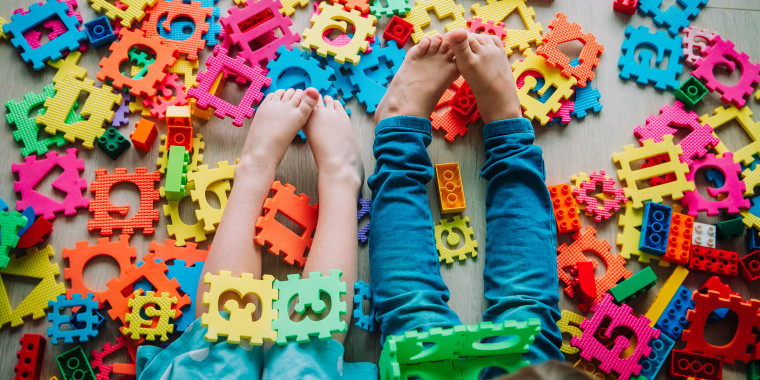Want to help your first-grader master math? Here are some of the skills your child will be learning in the classroom.
Numbers
Reading and writing larger numbers
Read and write numbers from 20 through 120.
Counting forward
Count forward between 1 and 120, starting at any number.
Understanding Place Value
Understand place value in one- and two-digit numbers. Understand that in two-digit numbers such as 79, the digit on the left is 7 tens and the digit on the right is 9 ones.
Understanding Category of Tens
Understand 10 as ten ones (1+1+1+1+1+1+1+1+1+1) or one ten. Understand 20 as twenty ones, or two tens, 30 as thirty ones, or three tens, etc. Understand numbers 11 to 19 as a ten and some ones.
Using Number Words
Say two-digit numbers using number words (79 is “seventy nine”).
Use “tens” and “ones” to explain the meaning of a two-digit number (“79 is seven tens, and nine ones).
Comparing Two-Digit Numbers
Compare two-digit numbers using the symbols > (greater than, or more than), = (equal to), and < (less or less than).
Single Digits and Multiples of 10
Mentally add 10 and subtract 10 from any two-digit number and explain the thinking used. Add a one-digit number (1 through 9) to any two-digit number, and add any two-digit number to any other two-digit number, within 100. Add 10 and subtract 10 from any two-digit number up to 100. Use concrete models or drawings to show the place values and explain the thinking involved.
Addition, subtraction, multiplication, & division
Counting and addition together
Understand addition as “putting together” and “adding to.” Understand subtraction as “taking apart” and “taking away from.” Understand comparing situations. Solve all of these situations with any of the three quantities as the unknown number.
Multiples of ten
Quickly and accurately add numbers that total 10 or less, and subtract from numbers up to 10.
The relationship
Understand the relationship of addition and subtraction.
Ways of adding or subtracting
Using objects and drawings, solve numeral and word problems that involve adding or subtracting numbers through 20. Use strategies like the ones shown in the example problem.
Understanding the equal sign
Understand the equal sign ( = ) means “is the same as.” Determine if addition and subtraction statements are true or false.
Working with equations
Work with addition and subtraction equations – math sentences that use numbers and symbols – to solve problems such as 8 + ? = 11 or 5 = ? – 3.
Measurement & data
Measuring object length
Measure the lengths of objects using a shorter object as a unit of measurement.
Ordering objects by length
Put objects in order by length, longest to shortest, and shortest to longest. Use correct terms to compare length: short, shorter, shortest; long, longer, longest.
Organizing objects into categories
Organize objects into as many as three categories (by shape, color, size, etc.). Ask and answer questions about the number of objects in different categories. Represent the quantities of objects in as many as three categories, using drawings or charts.
Shapes
Describing shapes
Describe what defines shapes (number of sides; corners, or angles) and what does not (color, size). Build and draw shapes based on descriptions of their characteristics (properties).
Example:
Use toothpicks to make a shape with three sides.
Draw a shape that has four sides of the same length.
Divide circles and rectangles
Divide circles and rectangles into two equal pieces (called halves) and four equal pieces (called quarters).
For tips to help your first-grader in math class, check out our first grade math tips page.
TODAY's Parenting Guides were developed by NBC News Learn with the help of subject-matter experts, and align with the Common Core State Standards.


